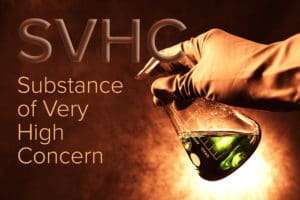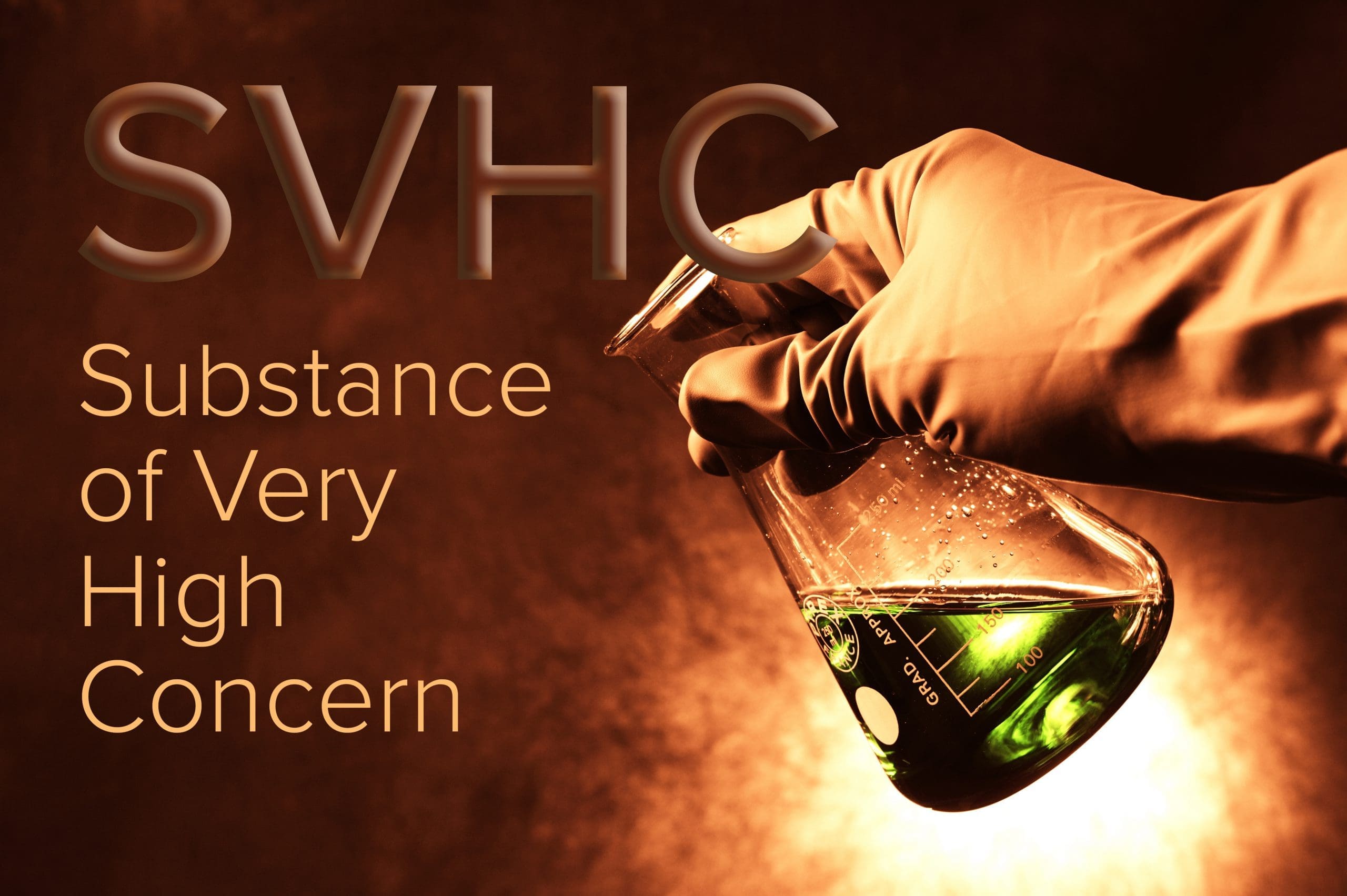
The Backstory
“Authorization” (the “A” in the REACH regulation) is the process whereby manufacturers and importers must seek permission to continue to place a substance on the EU market. Applications for this permission or “Authorization” must be submitted by the Latest Application Date specified for the substance; and eventually, the substance can no longer be placed on the market without Authorization, after its sunset date (typically 36-42 months after an SVHC is added to the Annex XIV Authorization List), with the effect of Authorization being the phase-out or ban of the substance, and replacement with less harmful alternatives.
What’s Changing
A total of 18 existing Substances of Very High Concern (SVHC) from the Candidate List for Authorization have now been recommended for full Authorization by the European Chemicals Agency (ECHA). The substances recommended for Authorization range from, perhaps less widely recognized PVC stabilizers, and mirror backing agents, to the well-known plastic and adhesive starting material bisphenol A (BPA).
Implications
Public consultation regarding these substances will continue until December 5, 2018, after which ECHA will provide its finalized recommendation. Impacts to substances proceeding to Authorization will include more than just dossier updates, applications for Authorization, substitution analysis, etc., but will also necessarily entail changes to a myriad of associated documentation, including Safety Data Sheets (SDS), which describe these regulatory details in Section 15.
Enterprises placing products on the market in the EU are wise to begin assessing the impact of the latest recommendations for Authorization, including effects on SDS. Whatever your regulatory needs are, Global Safety Management and its team of compliance experts are here to help. Questions? Contact us today!


